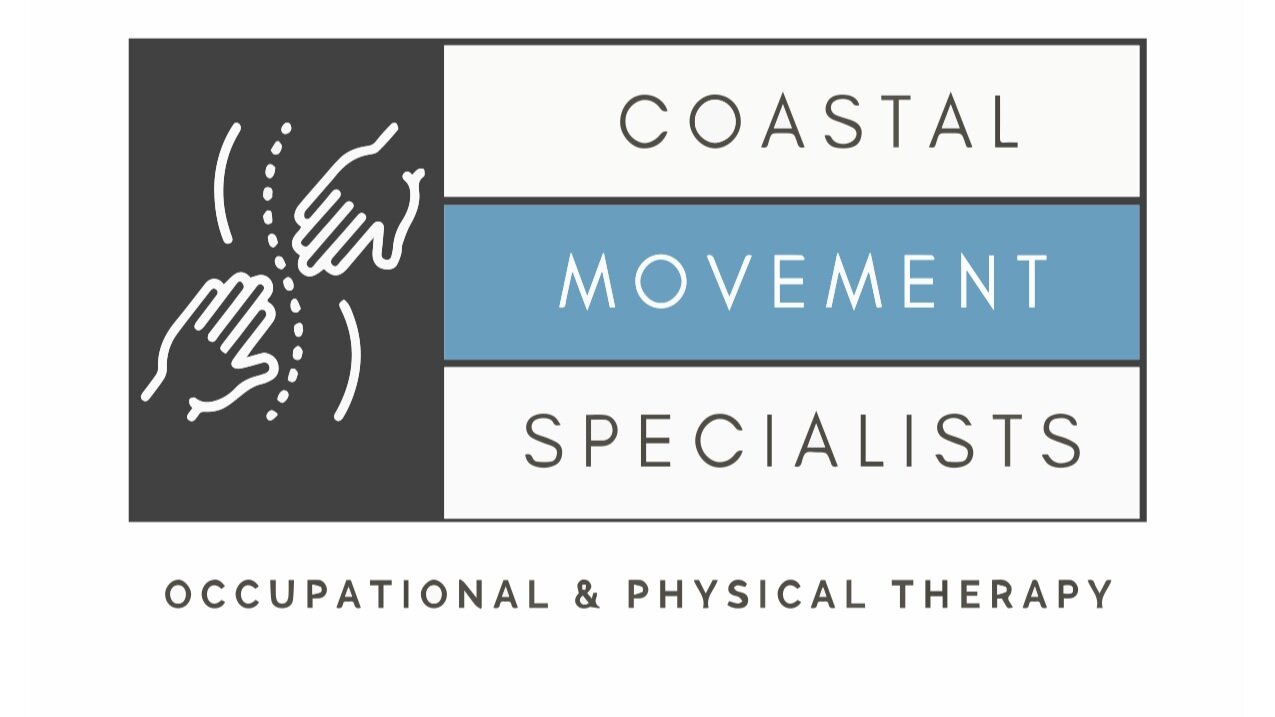The Most Common Hip and Pelvic Injuries
The health of each body joint is critical to your overall health and wellness. This is especially true of the hip joint made up of your thighbone (femur) and pelvis. Your hip joint is your largest ball-and-socket joint and plays a major role in weight-bearing and most body movements. Unfortunately, hip pain and injury often occur and can interfere with daily activities and an active lifestyle.
Learn more below about hip and pelvic injuries and how physical therapists can help you recover more quickly and thoroughly.
The Hip Joint
The top or head of the largest bone in your body, the femur, joins the socket of your pelvis (acetabulum) to form the sizable multiaxial hip joint. Also classified as a synovial joint because of its joint cavity, cartilage, and articular capsule, the hip joint can move in multiple planes. The many movements of your hip joint include:
· Flexion when you bend forward or lift your leg toward your trunk.
· Adduction is when you move your leg toward your body from an outward position.
· Abduction is when you move your leg sideways away from your body.
· Extension is when you move an extended leg backward away from your body.
· Circumduction allows you to move your leg in a circular pattern.
· Rotation occurs when you rotate your femur inward or outward in relation to your body’s midline.
Risk Factors for Hip And Pelvic Injuries
Hip and pelvic injuries and pain can occur in anyone from elite athletes to sedentary office workers. Children and older adults also develop various hip problems or suffer injuries from many causes. Some people, however, are at higher risk due to:
· Gender. Women experience more hip injuries and hip pain.
· Bodyweight. Being overweight or obese places more stress on the joint and makes injury more likely.
· Athletics. Participating in sports requires more hip movements and increases the risk of hip injuries common in athletes.
· Previous injury. A previously injured hip or pelvis is weaker and prone to reinjury.
· Age. Losing bone density and muscle mass with age increases the risk of falling and injuring the hip and pelvis.
· Osteoporosis. Weaker hip and leg bones can lead to hip and pelvic injuries.
· Tobacco and alcohol. Both substances interfere with the healthy formation and maintenance of strong bones.
· Inactivity. Because the hip joint is a weight-bearing joint, physical activity keeps its bones and muscles strong and more resilient to injury.
Hip and Pelvic Injuries
Overuse, repetitive movements, and acute injuries can cause hip and pelvic conditions that are typically painful and limit your ability to live an active lifestyle. The most common hip and pelvic injuries include:
· Piriformis syndrome. This condition occurs when the piriformis muscle located in the buttocks places excess pressure on the sciatic nerve. This leads to deep pain in the back of the hip and buttock. You can also experience pain down the back of the leg with piriformis syndrome. Walking, running, and sports activities increase the risk of this condition.
· Iliotibial band (IT band) syndrome. This condition is also called hip bursitis. The IT band is a thick fibrous band that encompasses the hip muscles and extends along the outside of the thigh. Running and beginning an exercise program are common causes of inflammation of the IT band. This syndrome causes pain on the outside of the hip and knee.
· Stress fractures. Running, jumping, marching, ballet, and other physical activities can place excessive stress on the hips and pelvis, resulting in tiny cracks in the bone. The symptoms of these stress fractures include groin pain and aching in the front of the hip.
· Gluteus medius tear. The gluteus medius muscle is on the side of the hip under the bursa of the hip. It is also beneath the gluteus maximus, your major buttock muscle. One of the functions of this muscle is to stabilize your pelvis and keep it level when you walk. Causes of gluteus medius tears include falls, running, jumping, any sudden burst of activity, and degenerative changes.
· Hip pointer. An injury to the top border of the pelvis known as the iliac crest can cause a contusion or bruise known as a hip pointer. Falls and direct blows during sports are common causes of this injury. The symptoms of a hip pointer include swelling, pain, limited range of motion, and weakness in the leg and hip.
How Physical Therapy Can Help
Physical therapy is an integral part of rehabilitating hip and pelvic injuries to return you to a full and active life. After a thorough physical examination, you’ll receive a customized treatment plan that can include several therapies, such as:
· Stretching exercises.
· Strength training.
· Balance training.
· Therapeutic activities.
Work With Our Physical Therapists
Our physical therapists are movement specialists that can help you rehabilitate and fully recover from hip and pelvic injuries. Located on Johns Island, SC, Coastal Movement Specialists serves the entire Charleston area. Contact us today to learn more.

